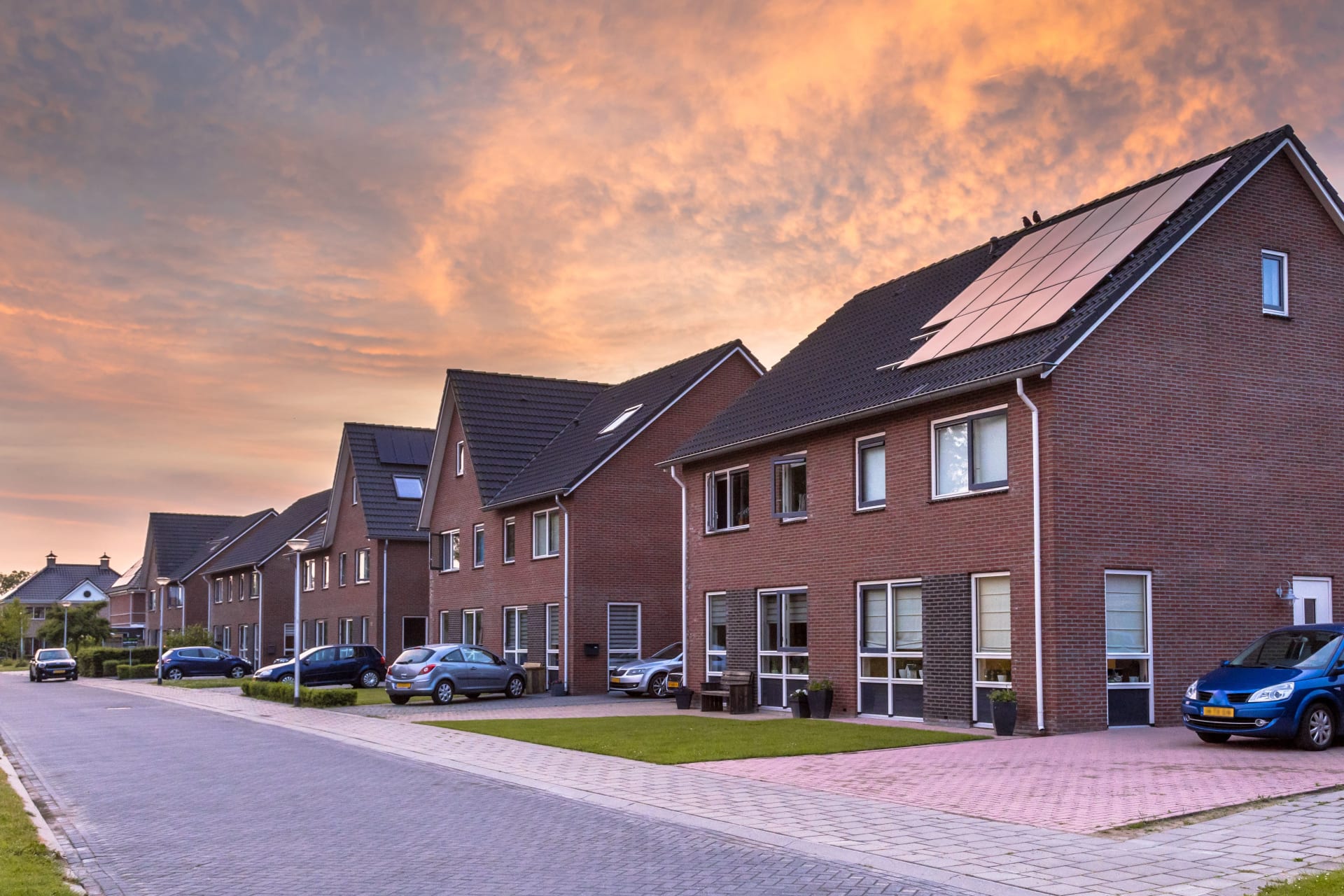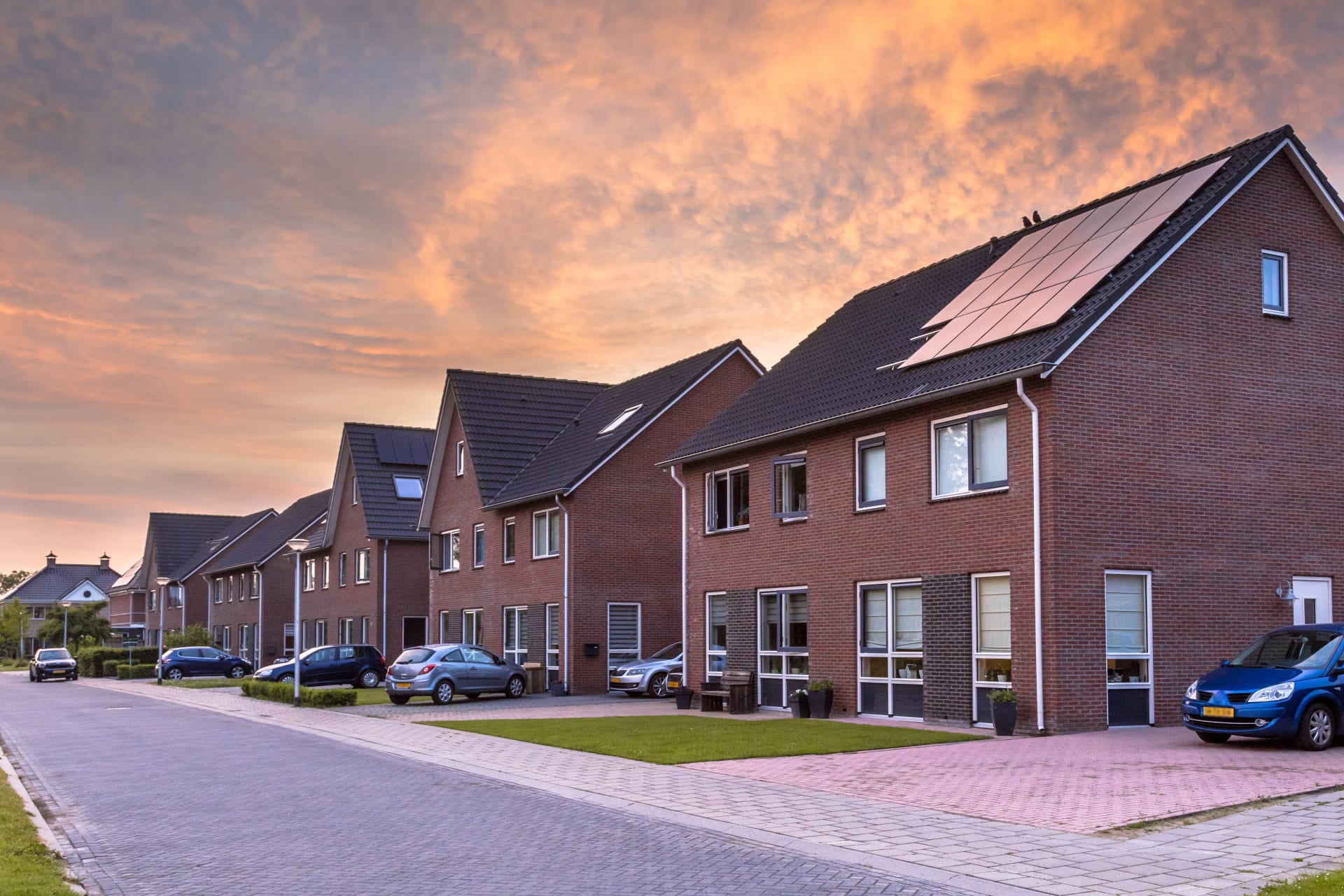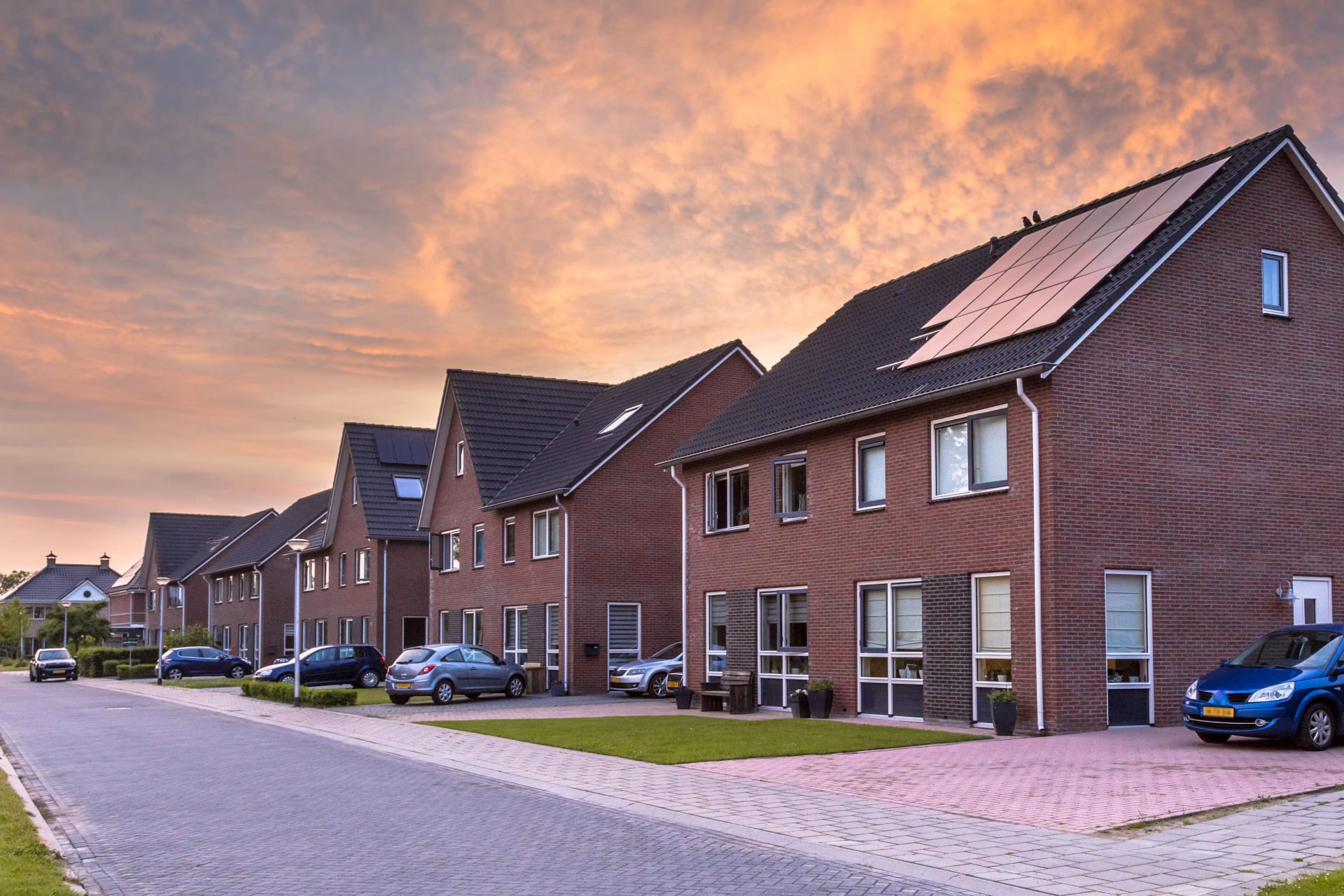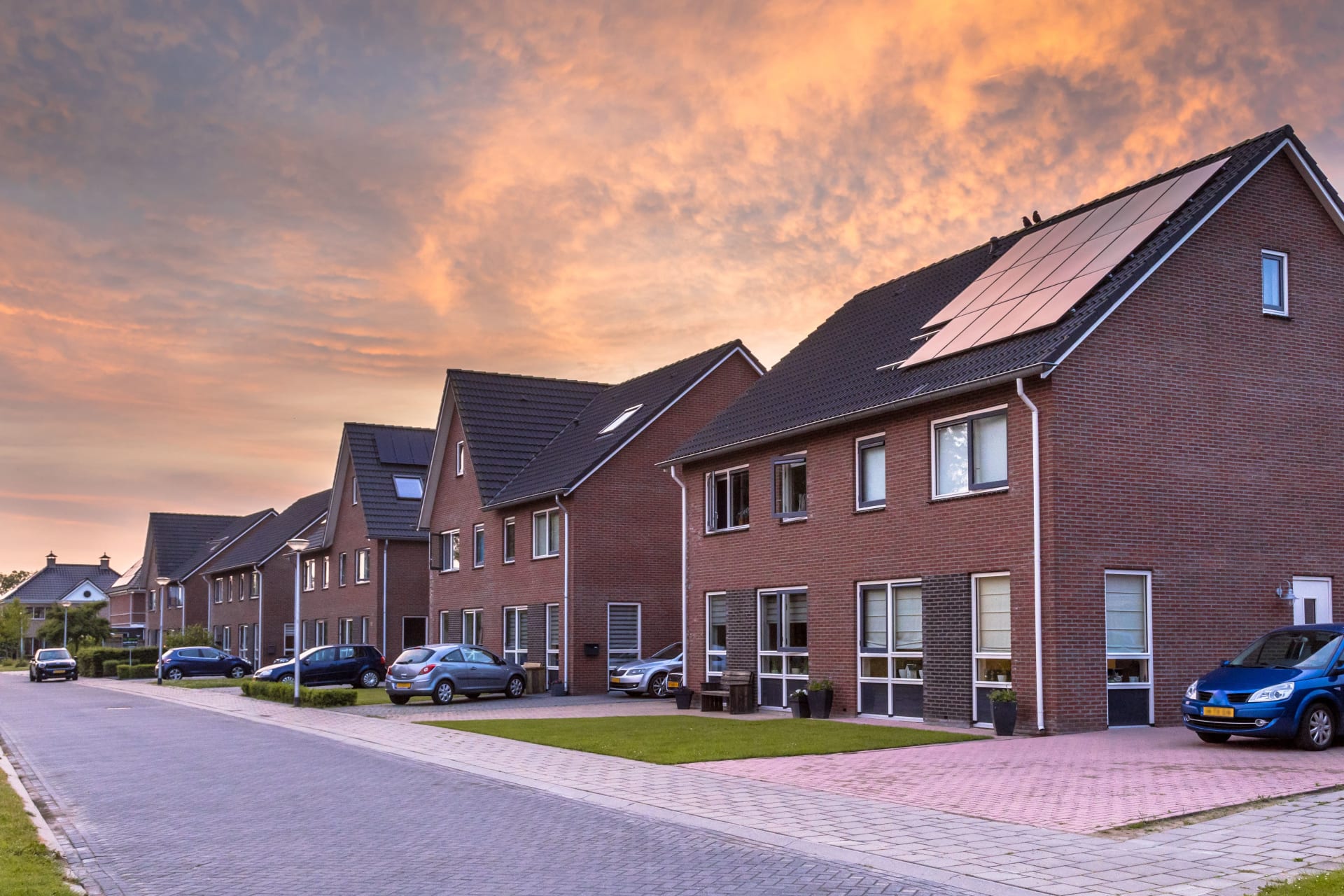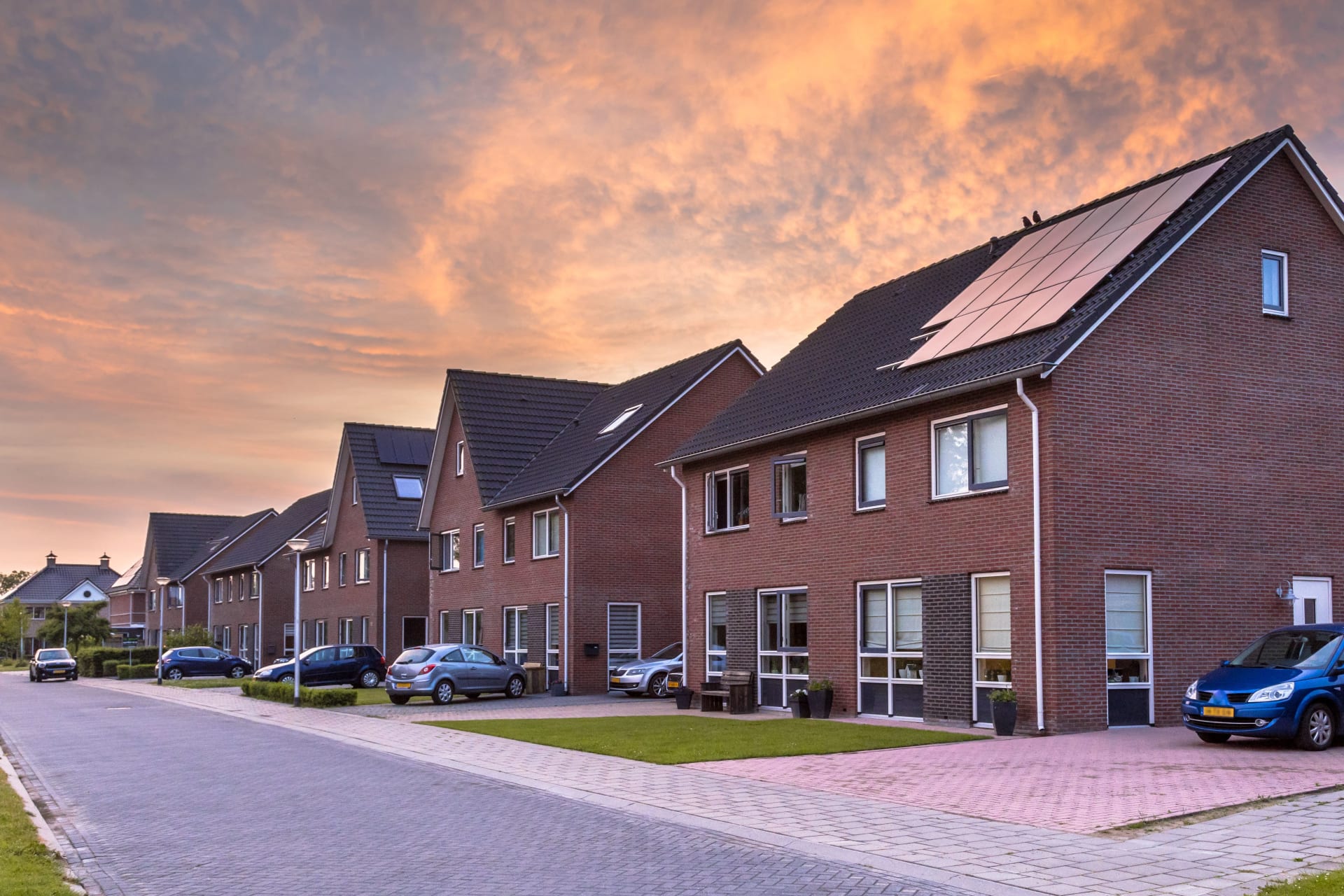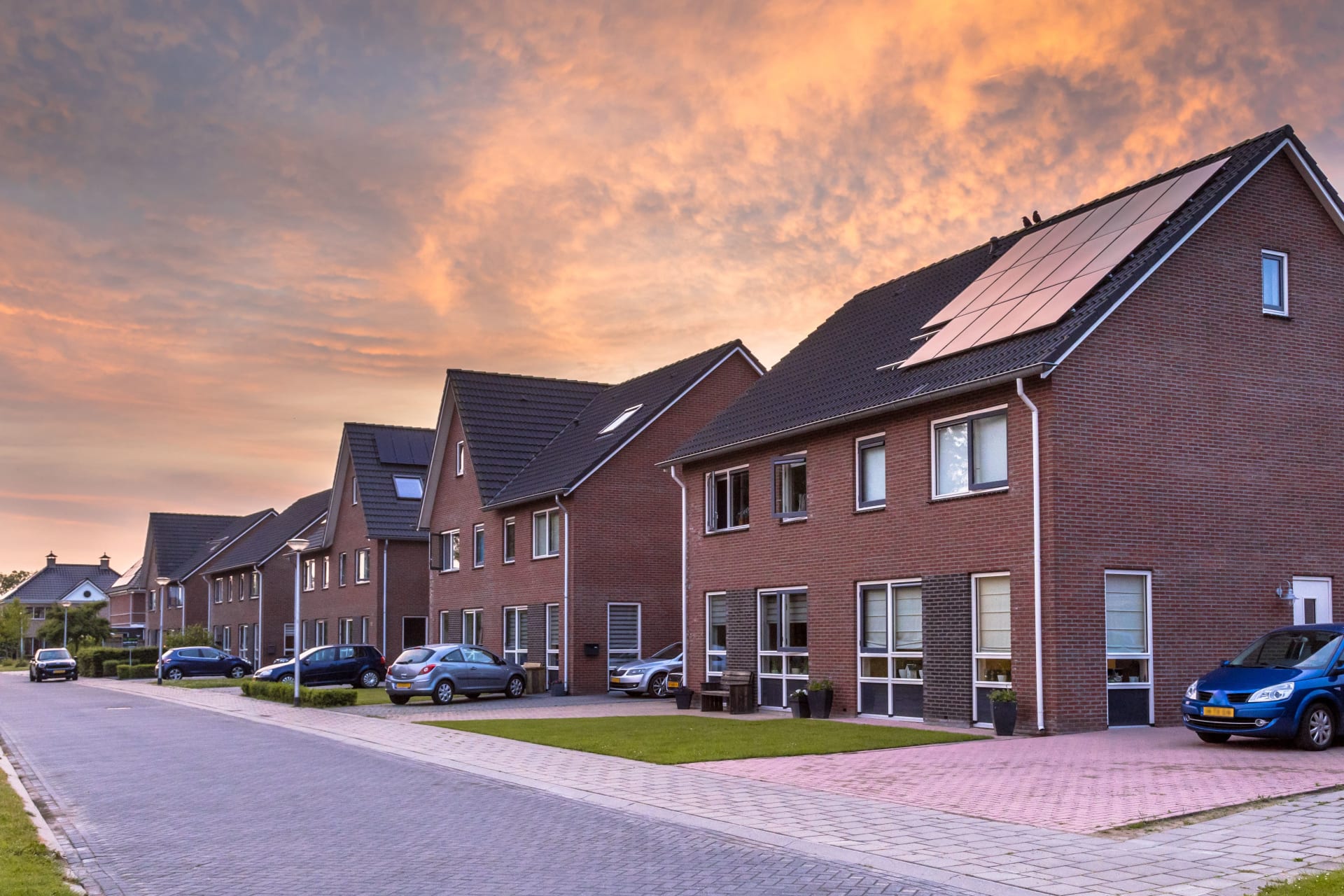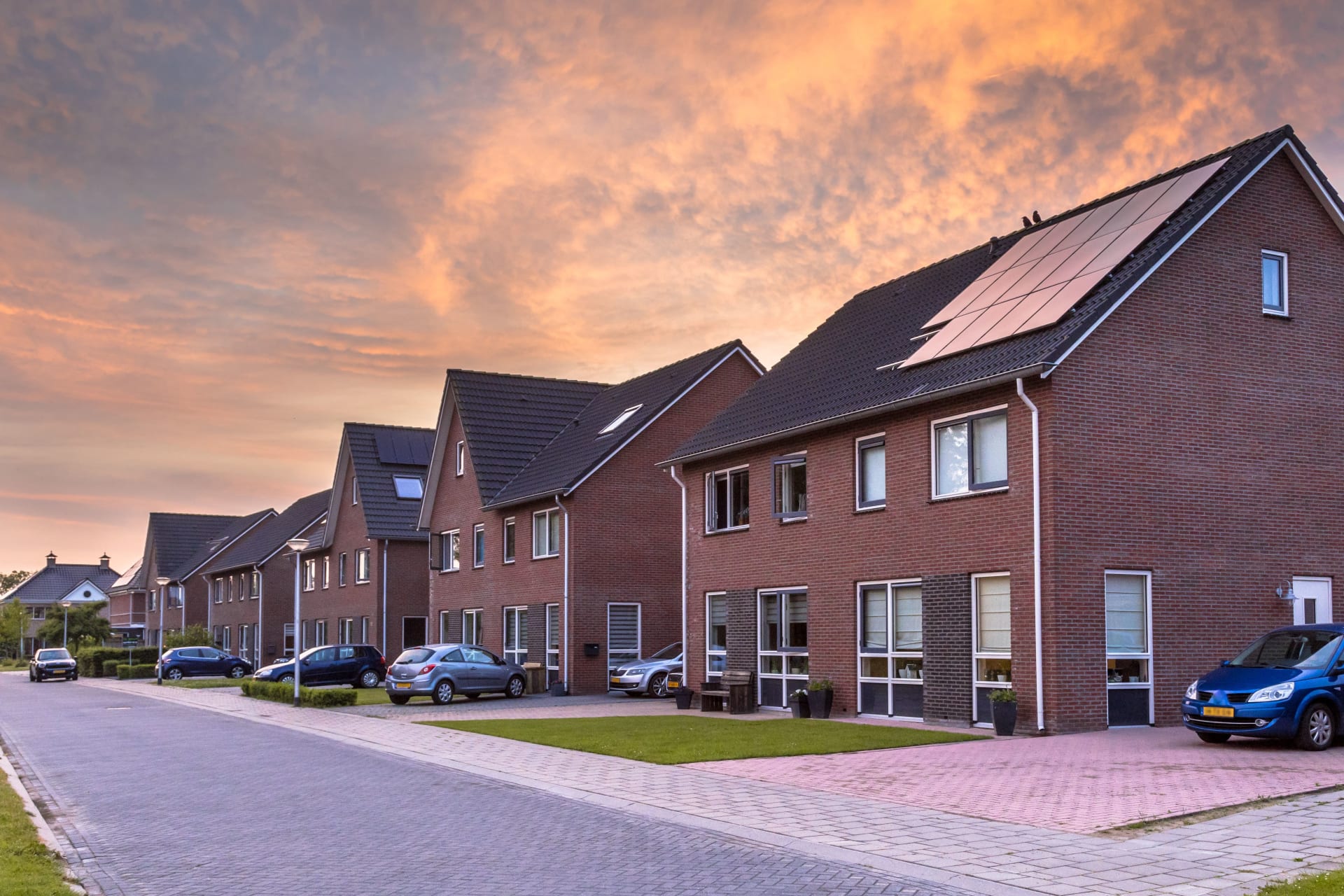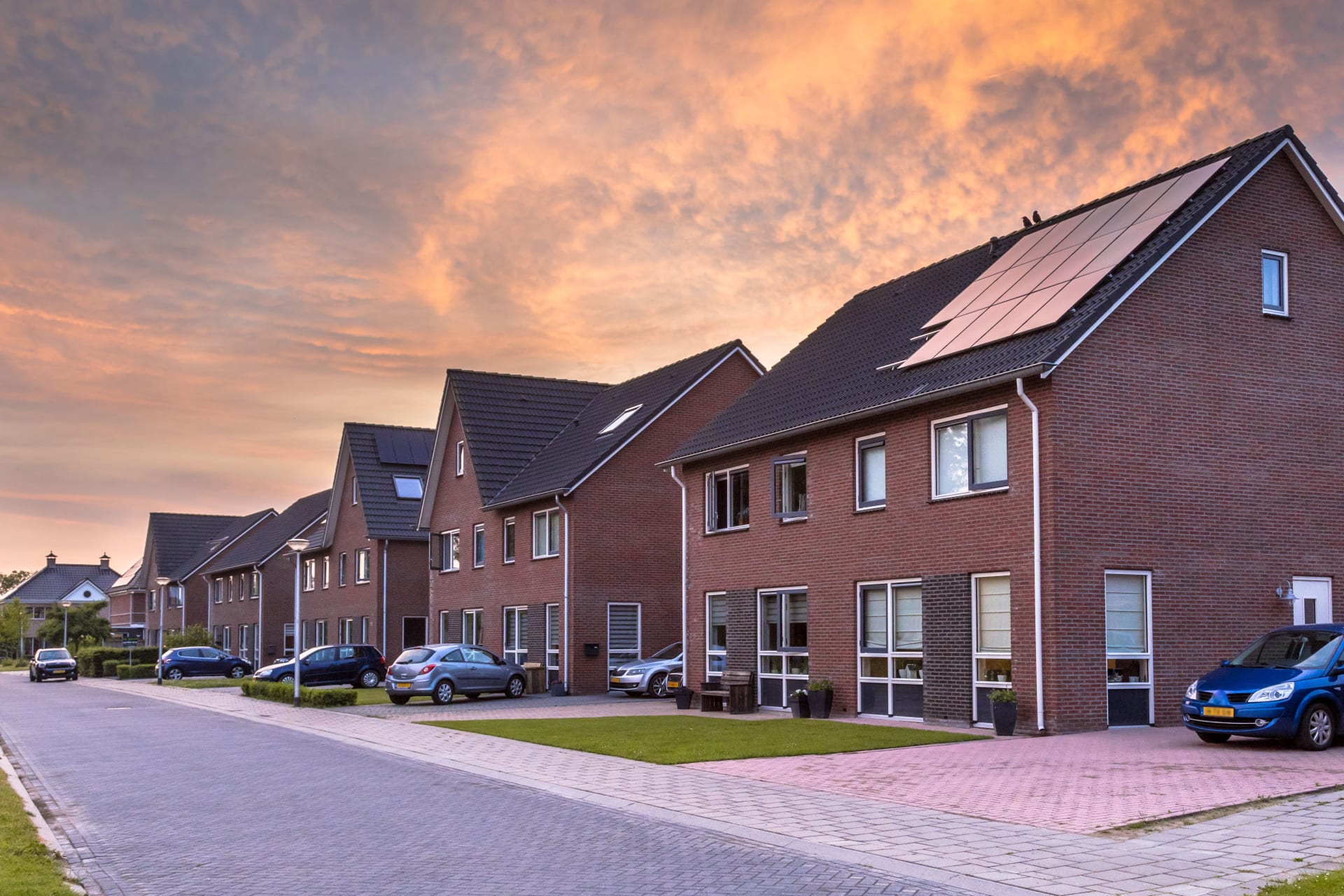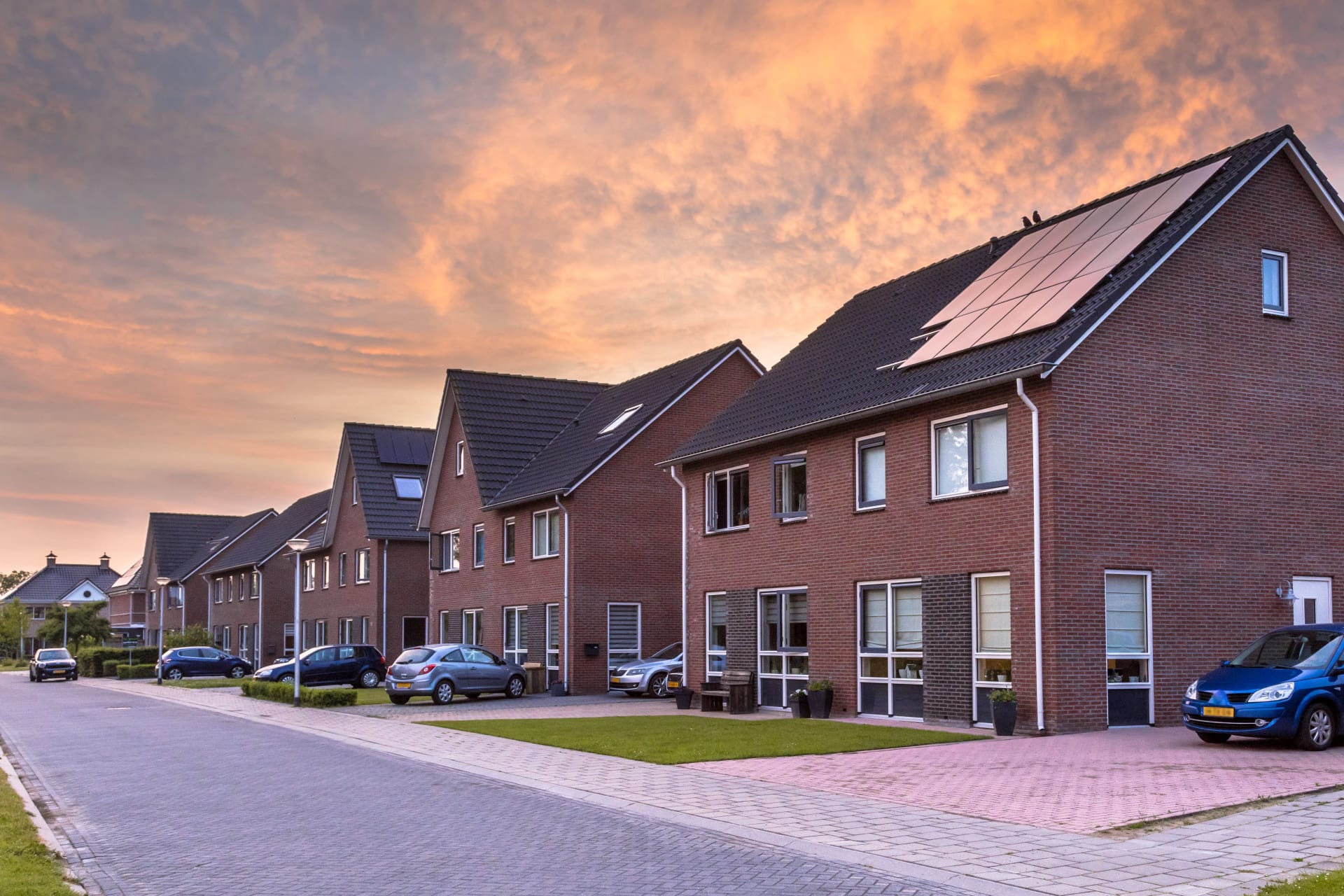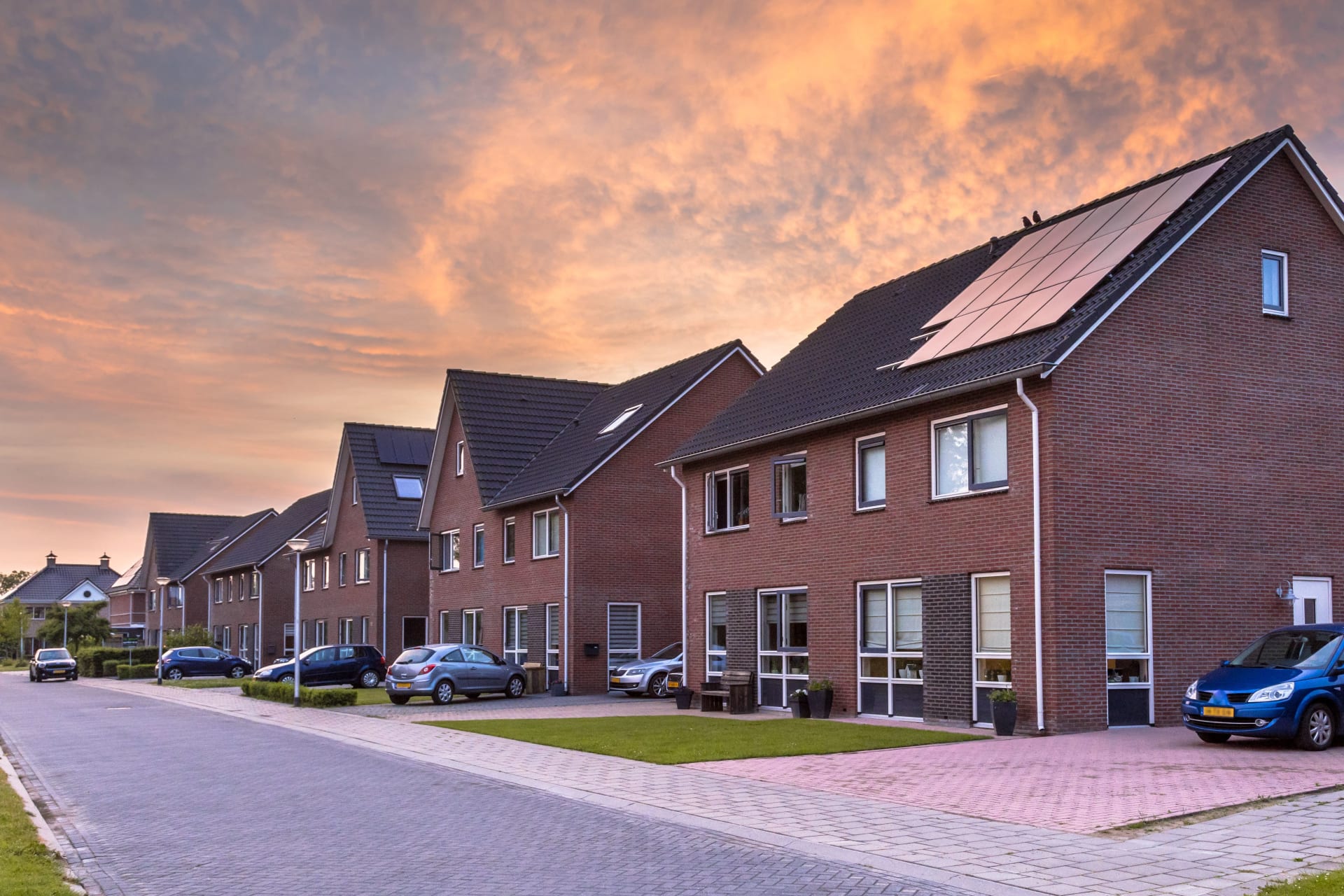Housing associations across the UK operate diverse vehicle fleets to deliver essential services to their communities. From m…
Housing Association Tenant Liability Issues: Understanding Your Insurance Responsibilities
Housing associations across the UK manage millions of properties, providing essential affordable housing to diverse communities. While these organizations carry comprehensive insurance coverage for their buildings and operations, a complex web of liability issues can arise when it comes to tenant-related incidents. Understanding these liability challenges is crucial for housing associations to protect themselves financially and ensure proper coverage gaps don't leave them exposed.
The Complex Nature of Housing Association Liability
Housing associations face unique liability challenges that differ significantly from private landlords or local authority housing. As registered providers of social housing, they operate under strict regulatory frameworks while managing properties that house vulnerable populations, families, and individuals with varying needs and circumstances.
The relationship between housing associations and their tenants creates multiple potential liability scenarios. From property damage caused by tenant negligence to injuries occurring in common areas, the question of who bears responsibility isn't always straightforward. These organizations must navigate between their duty of care as landlords and the reasonable expectations of tenant responsibility.
Common Tenant Liability Scenarios
Property Damage Beyond Normal Wear and Tear
One of the most frequent liability issues involves property damage that exceeds normal wear and tear. While housing associations expect reasonable deterioration over time, significant damage caused by tenant negligence, misuse, or deliberate actions can result in substantial repair costs.
Examples include flooding from blocked drains due to inappropriate disposal of items, fire damage from unattended cooking or smoking, structural damage from unauthorized modifications, or pest infestations resulting from poor hygiene standards. Determining liability in these situations requires careful assessment of the circumstances and clear documentation of the property's condition.
Injuries to Third Parties on Tenant Premises
When visitors, contractors, or delivery personnel are injured within a tenant's home, liability questions become complex. While tenants generally bear responsibility for maintaining safe conditions within their own living spaces, housing associations may face claims if the injury relates to structural defects, maintenance issues, or hazards that fall under their responsibility as property owners.
The distinction between tenant and landlord responsibility becomes particularly important in cases involving faulty fixtures, inadequate lighting in communal areas leading to accidents, or injuries caused by disrepair that the housing association should have addressed.
Neighbor Disputes and Nuisance Claims
Housing associations frequently deal with disputes between tenants that can escalate into liability issues. Noise complaints, antisocial behavior, property damage affecting neighboring units, or activities that impact the peaceful enjoyment of other residents can result in legal action.
While tenancy agreements typically include clauses about acceptable behavior, housing associations may find themselves liable if they fail to take appropriate action when made aware of ongoing issues. The challenge lies in balancing tenant rights with the responsibility to maintain harmonious communities.
Communal Area Incidents
Accidents occurring in communal areas such as stairwells, gardens, laundry facilities, or parking areas present particular challenges. While housing associations typically maintain these spaces, tenant behavior or misuse can contribute to dangerous conditions.
Liability may arise from inadequate maintenance, poor lighting, defective equipment, or failure to address known hazards. However, if tenant actions contribute to the dangerous condition, shared liability may apply.
Vulnerable Tenant Considerations
Housing associations often house vulnerable individuals, including elderly residents, people with disabilities, those with mental health conditions, or individuals recovering from addiction. These circumstances create additional liability considerations that require sensitive handling.
The duty of care owed to vulnerable tenants may be higher than that owed to the general population. Housing associations must consider whether additional support, monitoring, or safety measures are necessary to prevent foreseeable harm. Failure to recognize and address the specific needs of vulnerable tenants can result in significant liability exposure.
Regulatory Compliance and Liability
Housing associations operate under strict regulatory oversight from the Regulator of Social Housing. Compliance failures can result not only in regulatory action but also increased liability exposure. Key areas include:
Health and safety standards, including gas safety, electrical safety, and fire safety measures, must be maintained to regulatory standards. Failures in these areas can result in serious liability if tenants or visitors are harmed.
The Decent Homes Standard requires properties to meet certain quality criteria. Failure to maintain properties to these standards can result in liability for health issues, accidents, or deterioration of tenant wellbeing.
Consumer standards relating to tenant involvement, complaints handling, and service delivery create additional liability risks if not properly implemented and maintained.
Insurance Coverage Gaps and Considerations
Standard housing association insurance policies may not cover all potential tenant-related liability scenarios. Understanding these gaps is essential for comprehensive risk management.
Many policies exclude damage caused by tenant negligence or deliberate acts, leaving housing associations to pursue recovery directly from tenants who may lack the financial resources to pay. This creates a practical challenge in recovering costs even when legal liability is clear.
Professional indemnity coverage becomes important when housing associations provide advice or support services to tenants. If this advice proves inadequate or incorrect, resulting in harm to the tenant, liability may arise.
Employment practices liability is relevant when housing associations employ resident caretakers or support staff who interact directly with tenants. Allegations of discrimination, harassment, or inappropriate conduct can result in significant claims.
Risk Management Strategies
Effective risk management requires a proactive approach to identifying and addressing potential liability issues before they escalate into costly claims.
Comprehensive tenancy agreements should clearly define responsibilities, acceptable behavior standards, and consequences for breaches. Regular updates ensure agreements remain current with changing regulations and best practices.
Property inspection programs help identify maintenance issues, safety hazards, and signs of misuse before they result in accidents or significant damage. Documentation of these inspections provides valuable evidence in liability disputes.
Tenant education programs can reduce liability by ensuring residents understand their responsibilities, know how to report issues, and are aware of safety procedures. This is particularly important for vulnerable tenants who may need additional support.
Incident reporting systems enable prompt response to problems and create records that may be crucial in defending against liability claims. Staff training ensures consistent handling of incidents and proper documentation.
Legal Precedents and Case Law
Recent court decisions have shaped the landscape of housing association liability, providing guidance on the extent of duties owed to tenants and the circumstances in which liability may arise.
The case of Edwards v Sutton London Borough Council established important principles regarding the duty to inspect and maintain properties, while Cavalier v Pope confirmed that landlords can be liable for injuries caused by defects in the property structure.
More recent decisions have addressed issues such as the liability for injuries caused by design defects, the extent of duty owed to visitors of tenants, and the circumstances in which housing associations may be liable for the criminal acts of tenants against neighbors.
Financial Impact and Cost Management
The financial impact of tenant liability issues can be substantial, affecting both immediate costs and long-term sustainability. Direct costs include property repairs, legal fees, compensation payments, and increased insurance premiums.
Indirect costs may include staff time dealing with disputes, temporary accommodation costs if properties become uninhabitable, and potential regulatory fines or sanctions. The reputational impact can also affect the organization's ability to attract quality tenants and maintain positive community relationships.
Effective cost management requires balancing investment in prevention with the costs of dealing with incidents after they occur. This includes considering the cost-effectiveness of different insurance options, the value of investing in property improvements to reduce risks, and the benefits of staff training and tenant education programs.
Best Practices for Liability Management
Successful housing associations implement comprehensive approaches to managing tenant liability issues that combine clear policies, effective communication, and proactive risk management.
Regular policy reviews ensure that procedures remain current and effective. This includes reviewing tenancy agreements, insurance coverage, maintenance procedures, and staff training programs.
Stakeholder engagement involves tenants in identifying and addressing potential issues before they escalate. Tenant forums, regular surveys, and open communication channels help identify problems early and demonstrate commitment to addressing concerns.
Partnership working with local authorities, support agencies, and other housing providers can help address complex cases involving vulnerable tenants or challenging behaviors that may create liability risks.
Technology and Modern Solutions
Modern technology offers new opportunities for managing tenant liability issues more effectively. Smart home technology can monitor property conditions, detect problems early, and provide evidence of how issues developed.
Digital communication platforms improve reporting and response times, while data analytics can identify patterns that help predict and prevent problems. However, technology solutions must be implemented carefully to respect tenant privacy and comply with data protection requirements.
Future Considerations and Emerging Risks
The housing association sector continues to evolve, with new challenges emerging that may create additional liability risks. Climate change is increasing the frequency and severity of weather-related damage, while changing demographics and social needs create new challenges in managing diverse communities.
Regulatory changes, including potential reforms to social housing regulation and building safety requirements, may create new liability exposures that housing associations must prepare for.
The increasing focus on tenant satisfaction and empowerment may also shift liability expectations, with tenants becoming more aware of their rights and more likely to pursue claims when they believe standards have not been met.
Conclusion
Housing association tenant liability issues represent a complex and evolving area of risk that requires careful management and comprehensive insurance coverage. Success depends on understanding the various scenarios in which liability may arise, implementing effective risk management strategies, and maintaining appropriate insurance coverage to protect against financial exposure.
The key to effective management lies in taking a proactive approach that combines clear policies, regular monitoring, effective communication with tenants, and comprehensive insurance coverage that addresses the specific risks faced by housing associations.
By understanding these challenges and implementing appropriate strategies, housing associations can better protect themselves while continuing to provide essential housing services to their communities. Regular review and updating of approaches ensures that risk management strategies remain effective as the sector continues to evolve.


 0330 127 2333
0330 127 2333
